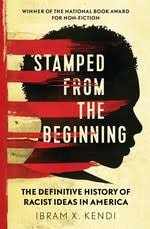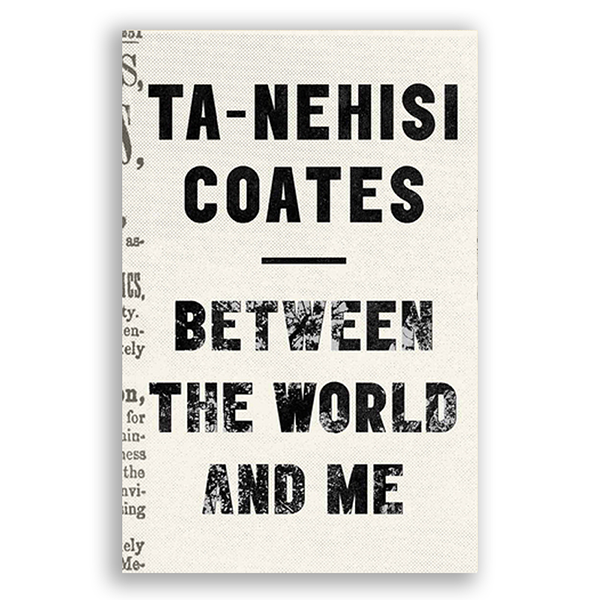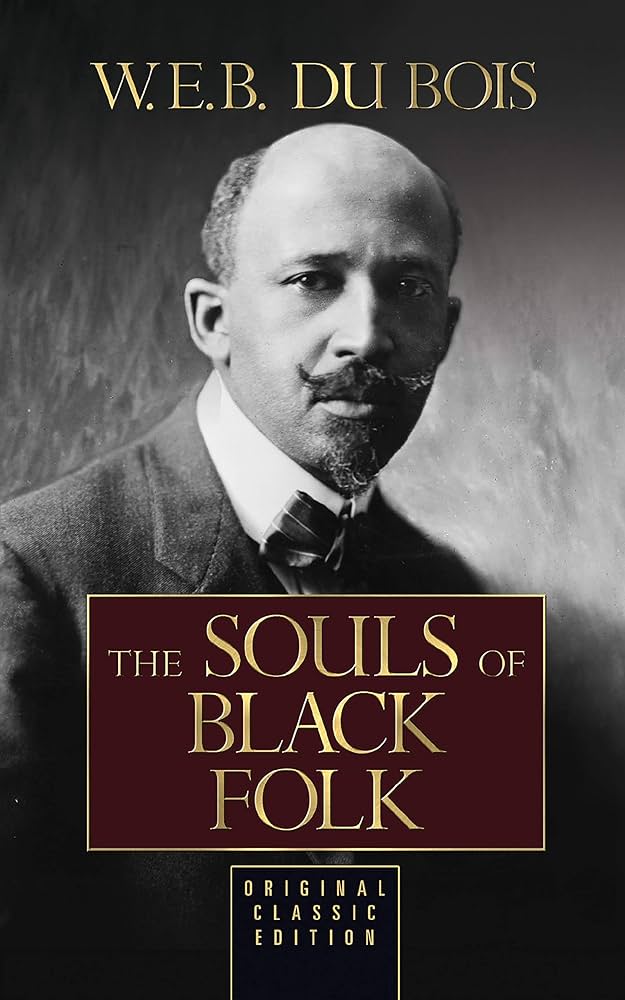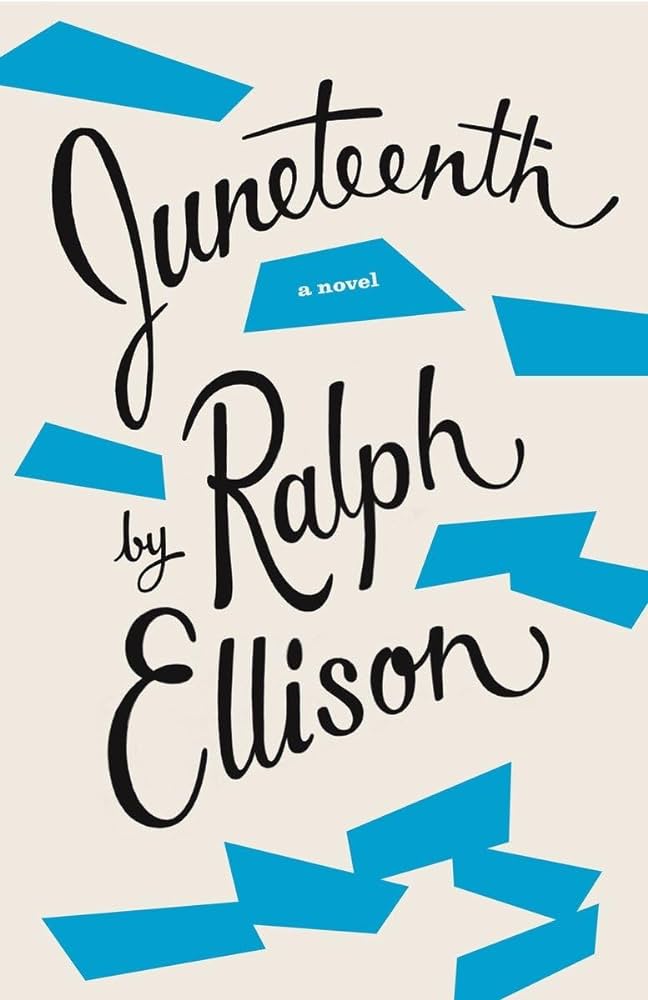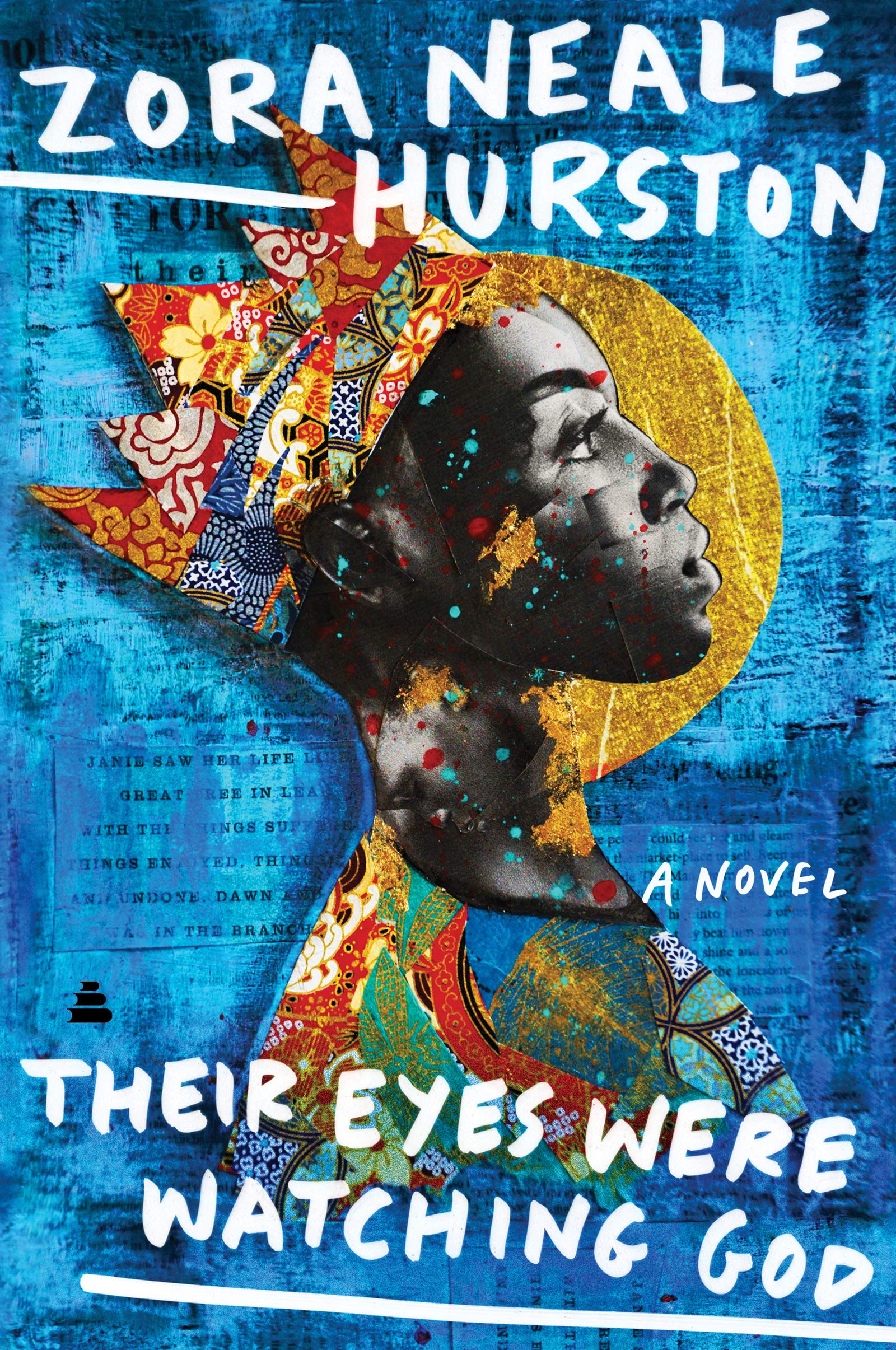
BOLD@HYVE Presents: “Harmony of Freedom: Juneteenth's Melody of Liberation"
Juneteenth commemorates the profound impact of the African American quest for freedom and equality. This year’s recognition underscores music’s remarkable ability to serve as a catalyst for resilience, resistance, and cultural affirmation across generations. From the soulful cadences of spirituals and gospel hymns to the improvisational genius of jazz, the raw emotion of blues, and the revolutionary spirit of hip-hop, music has consistently propelled the struggle for justice while also serving as a vibrant celebration of African American heritage. By rallying communities together through the universal language of music, this theme aims to pay homage to the past, embrace the richness of the present, and foster a future defined by unity and equality.
Juneteenth History
On January 1, 1863, President Abraham Lincoln issued the Emancipation Proclamation, which declared that all enslaved individuals in Confederate-held territory were to be freed.
Because the Southern Confederacy viewed themselves as an independent nation, the Emancipation Proclamation did not immediately free all enslaved population because the Rebel governments would not enforce Lincoln’s proclamation. Texas became a stronghold of Confederate as more than 50,000 enslaved individuals were relocated to Texas, effectively prolonging slavery in a region far from the Civil War’s bloodshed, and out of the reach of freedom. Only after the Union army forced the surrender of Confederate General Edmund Kirby Smith at Galveston on June 2, 1865, would the emancipation of slaves in Texas be addressed and freedom granted. On June 19, 250,000 enslaved people were freed.
Upon hearing the news, newly freed African Americans in Texas and across the state celebrated their newfound freedom with jubilation. They held gatherings, church services, parades, and other festivities to mark the occasion. June 19th became known as Juneteenth, a portmanteau of “June” and “nineteenth.” The holiday evolved over time, incorporating various traditions, including barbecues, picnics, family reunions, music, and storytelling. Juneteenth became a time for reflection, community building, and commemoration of African American heritage and resilience.
When did Juneteenth Become a National Holiday?
In June 2021, Juneteenth was officially recognized as a federal holiday when President Joe Biden signed the Juneteenth National Independence Day Act into law. This landmark legislation commemorates the end of slavery in the United States and acknowledges the importance of Juneteenth in American history and culture.
Because the Southern Confederacy viewed themselves as an independent nation, the Emancipation Proclamation did not immediately free all enslaved population because the Rebel governments would not enforce Lincoln’s proclamation. Texas became a stronghold of Confederate as more than 50,000 enslaved individuals were relocated to Texas, effectively prolonging slavery in a region far from the Civil War’s bloodshed, and out of the reach of freedom. Only after the Union army forced the surrender of Confederate General Edmund Kirby Smith at Galveston on June 2, 1865, would the emancipation of slaves in Texas be addressed and freedom granted. On June 19, 250,000 enslaved people were freed.
Upon hearing the news, newly freed African Americans in Texas and across the state celebrated their newfound freedom with jubilation. They held gatherings, church services, parades, and other festivities to mark the occasion. June 19th became known as Juneteenth, a portmanteau of “June” and “nineteenth.” The holiday evolved over time, incorporating various traditions, including barbecues, picnics, family reunions, music, and storytelling. Juneteenth became a time for reflection, community building, and commemoration of African American heritage and resilience.
Juneteenth Virtual Walk for Freedom!
Take part in our 2.5-mile walk, symbolizing the 2.5 years it took for the formerly enslaved people of Texas to walk from Galveston to Houston. Share your reasons for walking for freedom or a lively song that inspires you while walking, in our survey.
Join us for a unique opportunity to come together virtually, reflect on the journey towards equality and justice, and celebrate diversity.
Register now and walk with us towards freedom! https://www.surveymonkey.com/r/R256J89
Why We Walk!
Learn more about why the members of Hyve’s BRGs Walk for Freedom
>
Listen to the Juneteenth Playlist while you walk
Click to listen to the Juneteenth Youtube Playlist
“Lift Every Voice and Sing”
“Strange Fruit” by Billie Holiday”
“Oh Freedom”
“A Change Is Gonna Come” by Sam Cooke
“Freedom” by Beyoncé
“Glory” By Common and John Legend
“We Shall Overcome”
History Behind the Juneteenth Flag
The Juneteenth flag is a symbol for the Juneteenth holiday in the United States. The first version was created in 1997 by activist Ben Haith and the present version was first flown in 2000. The flag uses the colors of red, white, and blue from the American flag. Featured prominently in the center of the flag is a bursting star. Running through the center of the flag horizontally, is an arc that is meant to symbolize the new horizon of opportunity for black people. The red, white, and blue convey that all enslaved people and their descendants are American. The date marks General Order No. 3 issued in Galveston, Texas in 1865. Many states began recognizing Juneteenth by flying the flag over their state capitol buildings, especially after it became a federal holiday on June 17, 2021.

Let's Decorate The Flag
- Star – Represents Texas, the Lone Star State as well as representing the freedom of African Americans in all 50 states.
- The Burst Outline – This represents a new beginning for the African Americans of Galveston and throughout the land.
- The Arc – The curve that extends across the width of the flag represents a new horizon: the opportunities and promise that lay ahead for Black Americans.
- The colors – The red, white and blue represents the American flag, a reminder that slaves and their descendants were and are Americans.
Why We Wear RED on Juneteenth!
Wearing and eating red foods on Juneteenth has historical significance rooted in the traditions of African American culture. While there isn’t a single universally agreed-upon reason, several interpretations and historical connections are commonly cited:
- Emancipation and Bloodshed: Some believe that red symbolizes the bloodshed and sacrifices made by African Americans in the fight for freedom and equality. It serves as a reminder of the struggles endured during slavery and the Civil Rights Movement.
- Resilience and Courage: Red can also symbolize resilience, courage, and determination. It represents the strength and perseverance of African Americans in the face of oppression and adversity.
- Spirituality and Ancestral Connection: In African spirituality and various African American religious traditions, red is often associated with vitality, energy, and spiritual power. Wearing red may serve as a way to honor ancestors and connect with spiritual forces for protection and guidance.
- Historical Connections: Historically, red has been a significant color in various African cultures, often associated with royalty, leadership, and ceremony. Incorporating red into Juneteenth celebrations may reflect a desire to reclaim and celebrate African heritage.
- Unity and Solidarity: Red is also a color commonly associated with solidarity and unity. Wearing red on Juneteenth can symbolize solidarity with the African American community and a commitment to the ongoing struggle for racial justice and equality.
Overall, while the specific reasons for wearing red on Juneteenth may vary among individuals and communities, it serves as a powerful symbol of remembrance, resilience, and solidarity in commemorating the end of slavery and honoring the legacy of African Americans
EXPLORE MORE ON THE HISTORY OF JUNETEENTH WITH BOOKS AND MOVIES
SUGGESTED BOOKS FOR JUNETEENTH READING
ON JUNETEENTH
Annette Gordon-Reed’s book delves into the origins of Juneteenth, tracing its roots back to June 19, 1865, when Union soldiers arrived in Galveston, Texas, to announce the end of slavery, more than two years after the Emancipation Proclamation. Gordon-Reed examines the complexities of this historical moment, highlighting the jubilation of newly freed slaves and the challenges they faced in the aftermath of emancipation.
These books offer diverse perspectives on the African American experience and are excellent choices for reading on Juneteenth or any time of the year.
SUGGESTED MOVIES FOR JUNETEENTH VIEWING
If you’re looking to commemorate Juneteenth, there are some powerful movies that can offer insight into its significance and the struggles faced by African Americans. Here are a few recommendations:
- “Miss Juneteenth” (2020) – This film follows a former beauty queen turned hard-working single mom preparing her rebellious teenage daughter for the “Miss Juneteenth” pageant.
- “13th” (2016) – While not specifically about Juneteenth, this documentary explores the intersection of race, justice, and mass incarceration in the United States, shedding light on the ongoing struggle for racial equality.
- “Selma” (2014) – Directed by Ava DuVernay, this historical drama chronicles the 1965 voting rights march from Selma to Montgomery led by Dr. Martin Luther King Jr., a pivotal moment in the Civil Rights Movement.
- “Glory” (1989) – This film tells the story of the 54th Massachusetts Volunteer Infantry, one of the first African American units in the Civil War, highlighting their bravery and sacrifices.
- “Fruitvale Station” (2013) – Based on the true story of Oscar Grant, this film portrays the events leading up to his tragic death at the hands of a transit police officer in Oakland, California, sparking protests for police brutality.
- “Get Out” (2017) – While primarily a horror film, “Get Out” incorporates social commentary on race relations in America, offering a thought-provoking exploration of racial exploitation and micro-aggressions.
These films can provide valuable insights into the African American experience, making them meaningful choices for Juneteenth viewing.

